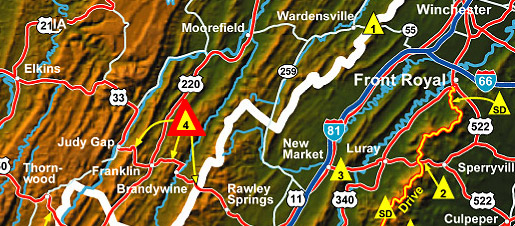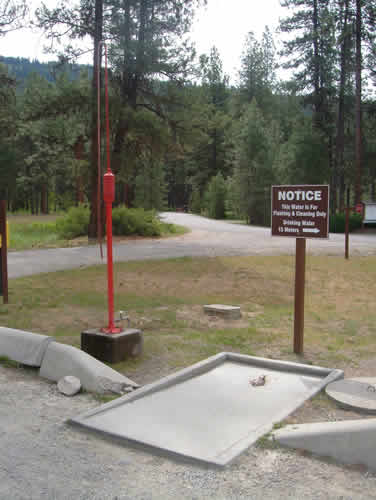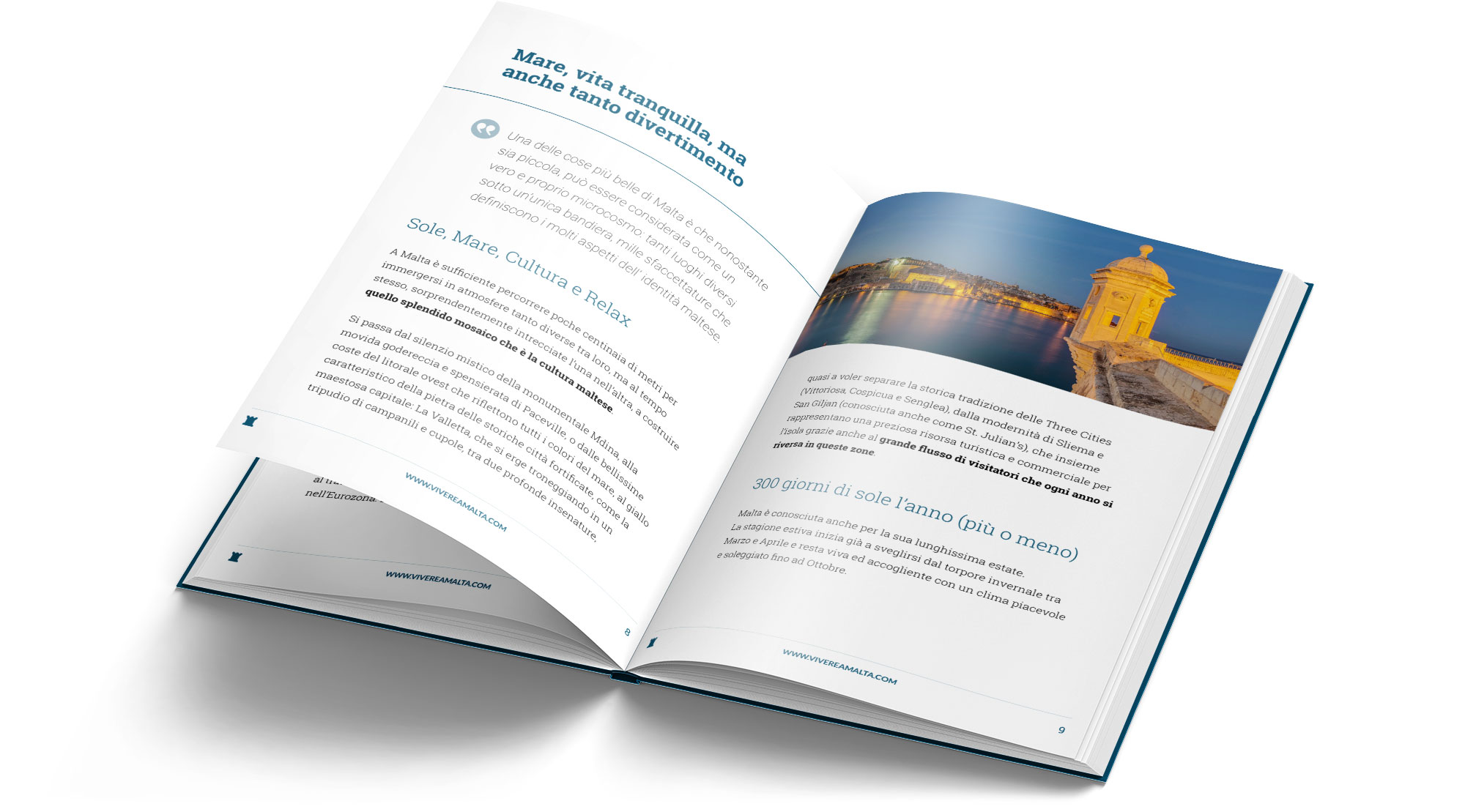Welcome to my digital nomad guide to living in Singapore. If like me, you spend your life on the road, laptop in hand, hopping from country to country, I’ve got lots of great information for you about The Lion City. During my first visit to Singapore, I spent a month house sitting and enjoyed every … Read more
The post Digital Nomad Guide to Living in Singapore appeared first on Goats On The Road.
Welcome to my digital nomad guide to living in Singapore. If like me, you spend your life on the road, laptop in hand, hopping from country to country, I’ve got lots of great information for you about The Lion City.
During my first visit to Singapore, I spent a month house sitting and enjoyed every moment. Being based in three locations across the city meant I got to explore plenty and was able to discover many cool spots that are often missed. Let’s get started!
Are you ready to live a remote lifestyle?
Take the quiz and see if we can help.
Our Creator Kickstarter Coaching Program will be accepting a maximum of 10 people to start building their dream remote lifestyle. Learn more & see if we can help you achieve your goals!
About Singapore
Singapore is a lively Southeast Asian city-state, located just south of Malaysia. It’s small but packed with exciting sights, making exploring easy.
Famous for being clean and safe, Singapore has a fantastic public transport system and is home to iconic spots including the Marina Bay Sands and Gardens by the Bay. You’ll find breathtaking, towering skyscrapers, lots of greenery, and expansive parks across the city.
This place also celebrates its roots, with neighborhoods like Chinatown and Little India creating a cultural mix. It’s a blend of old and new and is regarded by many as a financial powerhouse and gateway to Southeast Asian business and finance.
Digital Nomad in Singapore: Personal Experience
I completed 3 back-to-back house sits whilst in Singapore, which helped me immensely with accommodation costs. Aside from taking care of some lovely properties and pets, feeling settled allowed me to crack on with plenty of remote work.
Living and working in Singapore was a breeze as a full-time digital nomad. It’s such a modern and bustling metropolis that its very nature motivates you to be productive. It’s a place where financial prowess is evident and often flaunted.
There are ample chances to relax and explore the city with great hiking opportunities and many sites of historic and cultural importance to enjoy. One of my favorite things to do was to visit cool streets like Haji Lane, a popular and lively strip of bars, cafes, and restaurants.
Check out my House Sitting Guide to Singapore to read all about my experience living in Singapore as a digital nomad.
Is Singapore Safe?
Singapore is one of the safest places I’ve visited so far, with low crime rates and a welcoming atmosphere toward visitors and tourists. During my house sits, I felt comfortable walking dogs at all hours, as the streets are well-lit and CCTV is everywhere. I had no safety concerns during my stay.
While serious crime is rare, it’s still a good idea to be cautious of minor scams. Common issues such as overcharging can occur in tourist-heavy areas, however, this is easily avoided by using reputable services. Singapore’s strict laws help maintain order.
All the neighborhoods I traveled to felt safe, but it’s wise to avoid unfamiliar areas late at night, just as I’d advise in any big city. Staying aware of your surroundings and following basic safety tips will better your chances of having a comfortable and safe experience.
Best Areas to Live in Singapore
Being a digital nomad in Singapore opened up opportunities for me to explore different areas of the city. Getting around is easy and there are lots of exciting ways to spend your downtime. Here are 5 great areas to consider living in Singapore:
1. Bugis
Bugis is a busy section of the city center known for having great city-wide links, numerous trendy spots, and tons of amenities. It’s my favorite location in Singapore, and as a digital nomad, it’s a great place to be situated thanks to the surrounding cafes, coworking spaces, and accommodation options.
It’s close to everything, with easy MRT access, great shopping options, and the nearby Bugis Street Market. There’s always something to do after work, whether it’s enjoying the night market or exploring Haji Lane just a few minutes walk away.
2. Queenstown
Queenstown is a more laid-back area, with a lot of green spaces and a relaxed, residential vibe. It’s ideal for those who enjoy a quieter spot but still want quick access to the city center. Public transport is reliable, efficient, and affordable making it easy to get around.
There are plenty of laptop-friendly cafes to set up shop from, ideal for getting through your workload without distractions. With places like Alexandra Canal and the local hawker centers nearby, there’s plenty to explore after shutting down the laptop for the day.
3. Chinatown
I’ve visited many Chinatowns around the world but Chinatown Singapore was a unique experience. It’s part of the city where ancient tradition meets the modern world with startling contrasts everywhere.
My top things to do were to check out the hawker food stalls and eat for next to nothing, or explore historic temples and markets before heading to bars that have some of the best happy hours in town – not to mention incredible views of the skyscrapers!
4. Tiong Bahru
Tiong Bahru is one of Singapore’s oldest neighborhoods, famous for its art deco buildings and hip, creative scene. It’s a great place for independent bookstores and casual cafes that double up as comfortable spots for remote work.
It’s a quieter area with a cool, retro feel, perfect for unwinding after a workday. Many digital nomads I know love Tiong Bahru for the friendly atmosphere, relaxed vibe, and unique blend of old and new Singapore.
5. Katong
Katong is a residential neighborhood outside of the main city limits. Here, you’ll notice colorful shophouses and heritage colonial bungalows which offer a stark contrast to the towering city skyscrapers. It feels more homely in this part of the city.
Katong has a slow pace providing plenty of opportunities for remote work. Foodies will love the traditional eateries serving spicy laksa and other local specialties. Nearby Geylang is a great place to visit the tze char stalls and to sample some frog porridge (if you fancy!).
How to Find Accommodation in Singapore
Here are some tried-and-true methods for finding accommodation in Singapore, whether you’re planning a short stay or a longer one. Each option offers something unique, so you can choose what best suits your needs and budget.
SEE ALSO: Where to Stay in Singapore (Best Areas & Places)
1. Airbnb: Always a popular option for short to mid-term stays, use Airbnb if you’re looking for a fully furnished place. You can find everything from budget rooms in people’s homes to luxury apartments, many with discounts for weekly or monthly stays.
2. Trusted Housesitters: If you want a unique, low-cost way to stay in Singapore try Trusted Housesitters. From personal experience, house sitting is an ideal option for animal lovers and allows you to immerse yourself in the city like a local without rental costs.
Goats On The Road readers get a special 25% discount by clicking this link.
3. Facebook: Singapore has several active Facebook groups including ‘Rooms For Rent Singapore‘. These groups offer direct access to locals and ex-pats with accommodation to rent, usually cutting out the middleman.
4. Booking.com: A trusty and reliable choice for short-term stays, Booking.com has a massive variety of hotels, serviced apartments, and hostels. It’s especially handy if you need flexibility, as many options come with free cancellation.
Cost of Living in Singapore
I have to admit, Singapore is one of the more expensive cities I’ve visited. Prices weren’t insane, but almost everything cost a little more than other places I’d been to – it didn’t help that I arrived straight from super cheap Vietnam!
Restaurants and Groceries
Grocery shopping prices are fairly aligned with what I’d expect in most major cities. Within the usual margin, a weekly shop in Singapore doesn’t differ too much from my current digital nomad spot – Austin, Texas.
Living in Singapore provides the full scope of dining possibilities; from local hawker markets and street food stands costing a few bucks a meal to the highest of high-end options. But, for an average meal out for two in a nice place, you can expect to pay around $70.
Accommodation Costs
Accommodation costs in Singapore can be significantly higher than in many cities, with long-term rentals around 30% more expensive than in a major US city. Renting an apartment in central Singapore will cost around $2500 before utilities.
Short-term stays on platforms like Airbnb offer a range of accommodations and often have good deals on month-long or extended stays. However, prices can vary widely depending on the location you want and the amenities you require.
The average price per night of a hotel room in Singapore is $212, something to be aware of if you’re planning to stay in the city for a while. Consider looking at house sitting opportunities or negotiating discounts with Airbnb hosts to save costs.
Transportation Costs in Singapore
Life in Singapore runs pretty smoothly thanks to a network of efficient buses, trains, and taxis. The
Recommended Story For You :

Looking for a house sitter?

Quit Getting "Taken For A Ride."

VITAL INFORMATION FOR ANYONE DRIVING A LARGE OR HEAVY VEHICLE

Know Where to Dump When RVs have to go...

The definitive guide to flying for less

The complete “Practical Guide for Transferring to Malta” is now available in digital format to download.


